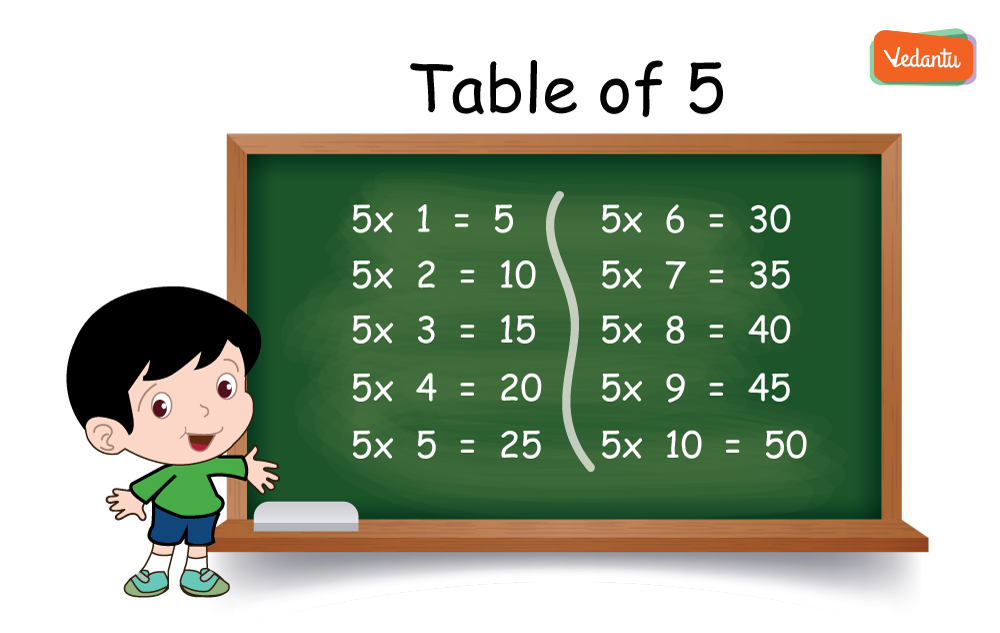Why Learning the Table of 5 Makes Multiplication Easy for Students
FAQs on Table of 5 – Learn and Memorize the Multiplication Table of 5
1. Mention a fun fact about the multiplication table of 5.
One of the most interesting fun facts about the table of 5 is that the multiplication of 5 with even numbers gives the even number, for example, 5 times 2 is 10 which is an even number. Similarly, multiplication of 5 with odd numbers yields an odd number, for example, 5 times 3 is 15, which is an odd number.
2. How can parents help kids to memorise the table of 5?
Parents or teachers can help kids to memorise the table by encouraging them to read and recite the table repeatedly, some of the tips and tricks mentioned in the above article can also help parents to learn the table of 5 more efficiently.
Recently Updated Pages
Half Past: Learn to Tell Time Easily with Examples

Limits and Continuity - Meaning, Formulas and Examples

Homogeneous Differential Equation – Definition, Formula, Solved Examples

Vectors - Introduction, Formula, Properties, Solved Examples & FAQs

Difference Between Variance and Standard Deviation

Vector Algebra

Trending pages
Numbers, Numerals, and Digits Explained for Students

Median for Even Number of Observations: Simple Guide

Maths Made Easy: Key Concepts, Formulas & Smart Practice

Table of 84: Easy Multiplication Table for Students

How Many Months Are in a Year?

30000 in Words: Step-by-Step Guide for Students







